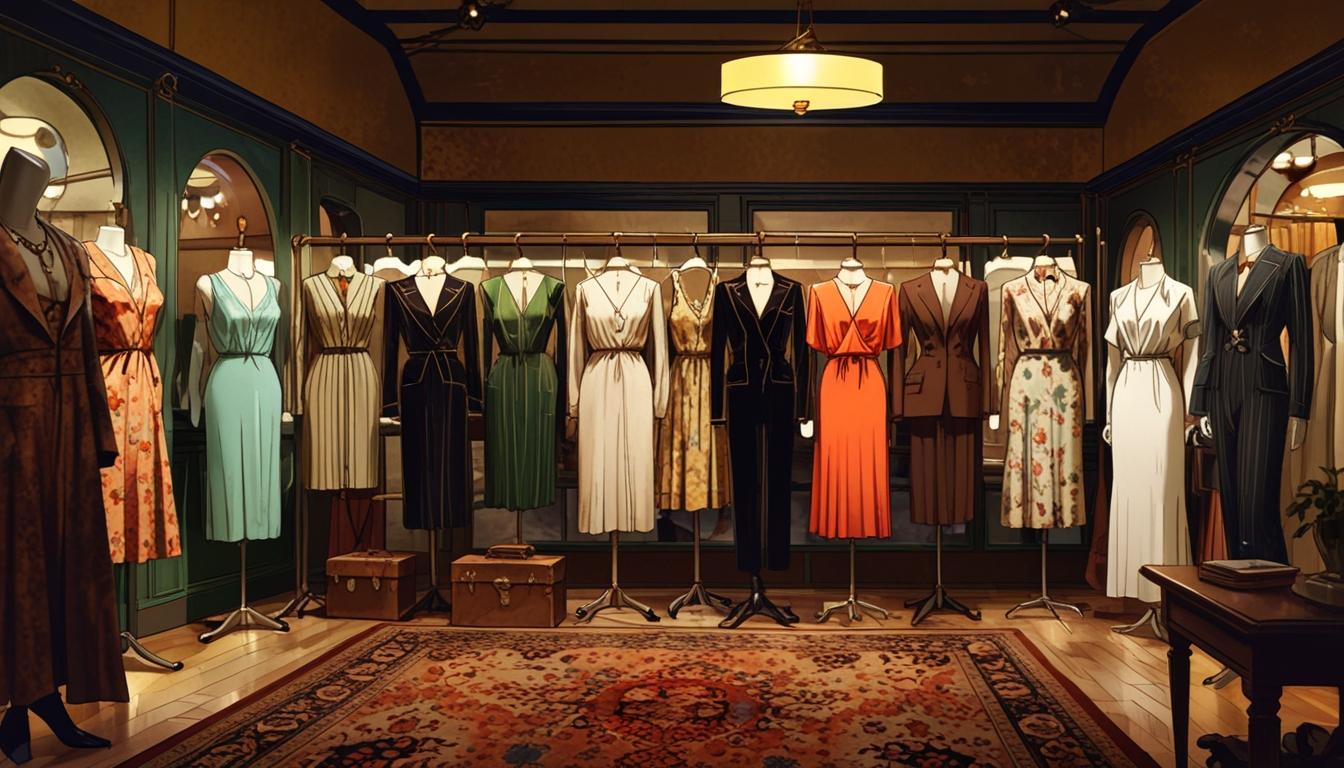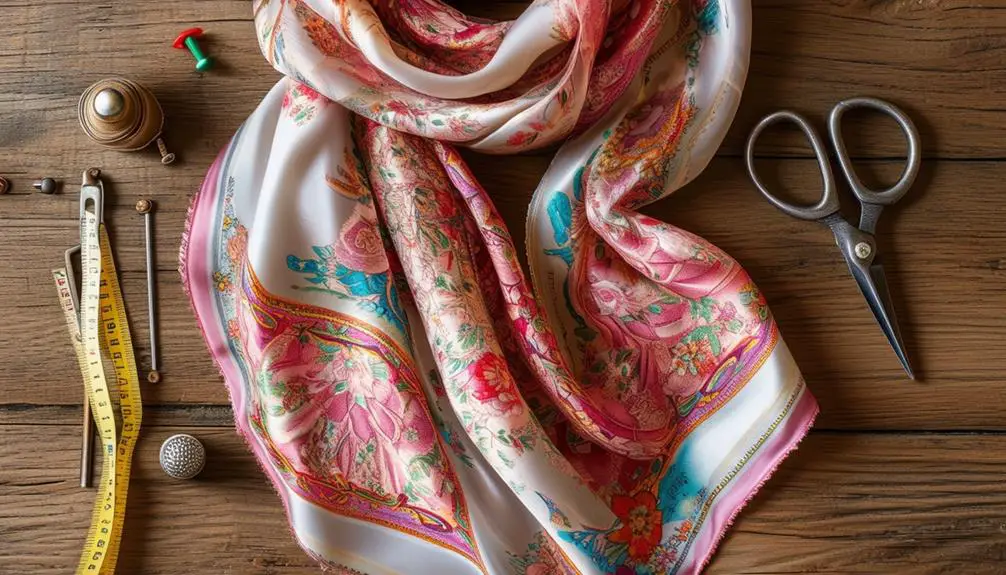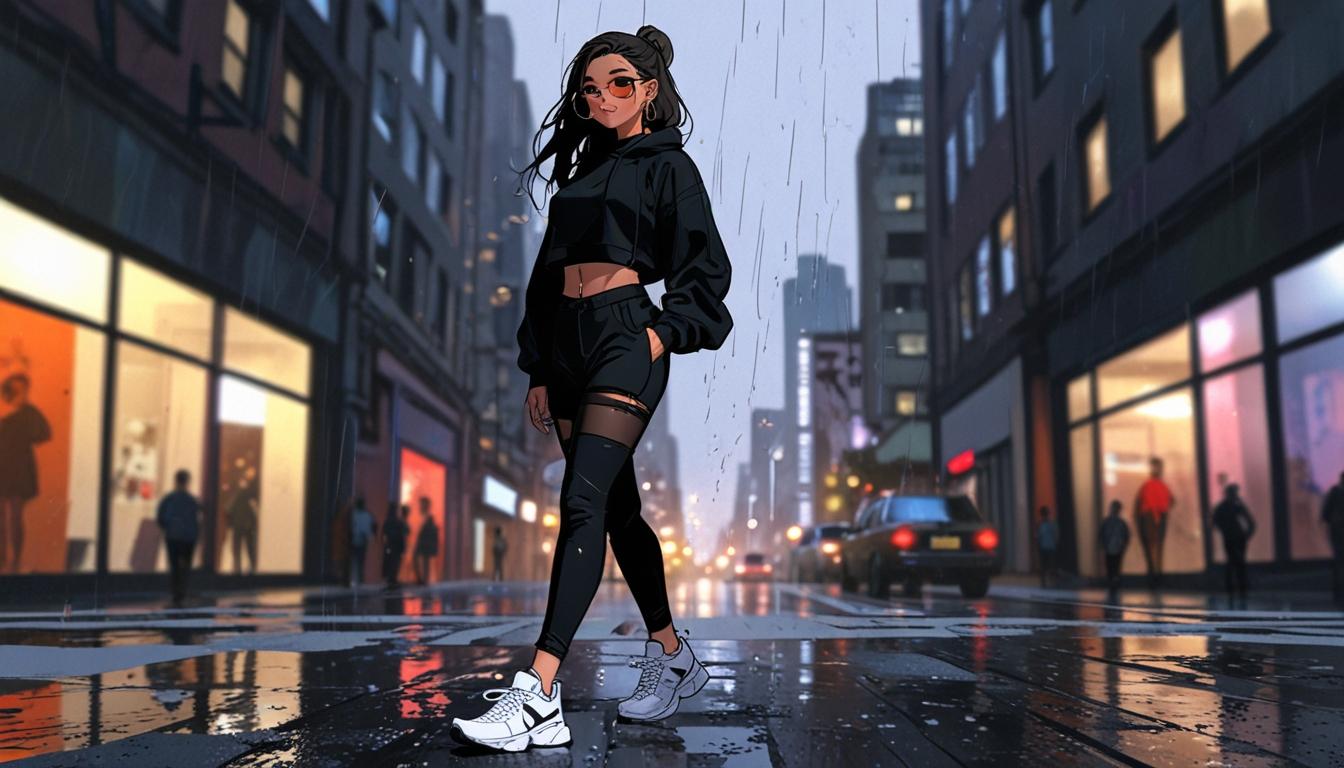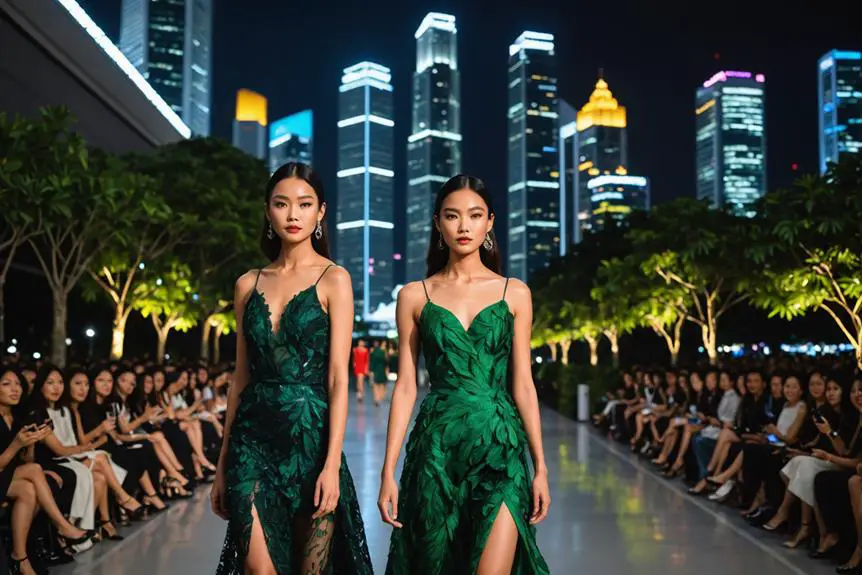Anne Hollander’s exploration of vintage clothing reveals the transformation of society’s perception of old garments, highlighting a significant shift toward embracing retro styles.
In an exploration of vintage clothing trends, Anne Hollander’s piece “Boom…In Vintage Clothes,” published in the April 1979 issue of Vogue, delves into the evolution of fashion and societal perceptions of old garments. She notes that in the early 20th century, individuals styled after literary characters like Daisy Miller and Anna Karenina would find it unfashionable to wear clothing from as far back as 1839, regardless of the garment’s condition or historical significance.
Hollander points out that the notion of clothing becoming outdated was once a definitive process, where clothes would gradually lose their appeal until they were deemed “quaint.” She explains that being dressed in a quaint style was acceptable only in very select circumstances—such as performances, costume parties, or among the elderly and certain privileged individuals. However, she asserts that this concept has shifted in contemporary fashion, with the rise of what she calls “la mode rétro.”
This retro fashion movement embodies a dual appreciation for both the reproduction of outdated styles and for the garments themselves. Hollander references the cultural shifts during the 1960s, which she describes as the “Great ‘Sixties Costume Party.” During this era, people were encouraged to express individuality through an eclectic mix of clothing, including items that appeared as though they had been long neglected or were historically significant. She observes that antique shops thrived on this new market, selling garments like a dilapidated 1839 pelisse that might have garnered attention in that vibrant decade.
The author emphasizes a continued interest in vintage fashion, particularly styles from approximately 1920 to 1950. This period is highlighted as critical in the shaping of modern fashion due to the influence of mass production and the film industry, which collectively revolutionized personal aesthetics. The classic Hollywood image brought forth a compact and sleek visual ideal that has endured through various iterations and remains embedded in contemporary fashion culture.
By capturing the nuances of vintage clothing and tracing its acceptance in society, Hollander articulates the complexities of how past styles have been reinterpreted and revalued. The shift from quaintness to a purposeful embrace of historical garments showcases fashion’s iterative cycle and its relationship with cultural nostalgia.
Source: Noah Wire Services





Excellent way of describing, and nice piece of writing to get data about my presentation focus, which i am going to present in university.